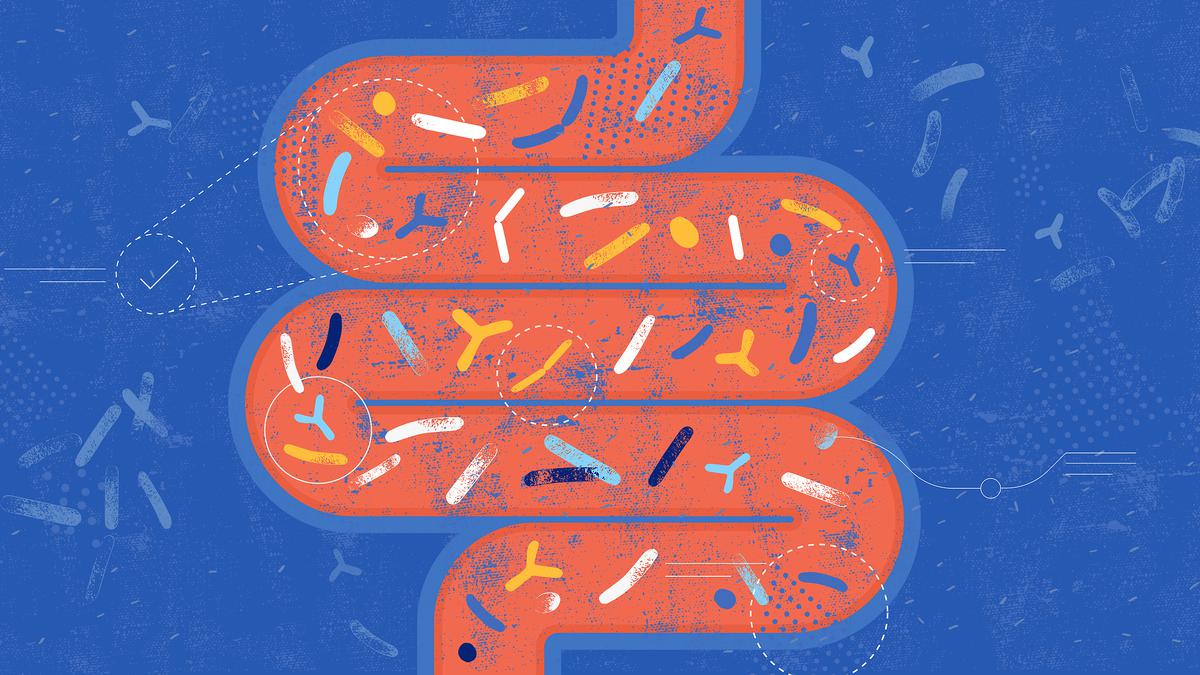
Study finds Vitamin B12 absorption is not just in the small intestine but also in the human colon
The Hindu
Researchers in Bengaluru and New Delhi disproved a decades-long dogma that Vitamin B12 absorption only occurs in the small intestine. Using an innovative method, they found that absorption also occurs in the large intestine, which could explain why Vitamin B12 deficiency is not as high as expected in India. The study was published in the American Journal of Clinical Nutrition.
A recent study by researchers from St. John’s Medical College in Bengaluru and Sitaram Bhartia Institute of Health and Research in New Delhi has dispelled a decades-long dogma regarding the absorption of Vitamin B12 in humans. Using an innovative method to measure the bioavailability of this important micronutrient, the researchers found that absorption is not just in the small intestine but also occurs in the large intestine.
The study was published in the American Journal of Clinical Nutrition last month.
Vitamin B12 (whose recommended daily amount is 2.4 micrograms in adults) is only found in animal-based foods like meat, milk, or eggs. Its intake is thought to be low in India. Consequently, it was thought that the prevalence of this micronutrient deficiency should be extraordinarily high in India. However, recent national surveys like the Comprehensive National Nutrition Survey, which evaluated children under 19 years of age, have found the prevalence of Vitamin B12 deficiency to be much lower than anticipated, at a maximum of 30% in adolescents, and lower at younger ages.
Anura Kurpad, professor of Physiology at St John’s Medical College, and lead author of the study, said that the lower than anticipated prevalence of deficiency despite low intakes suggested that we may have not got the physiology of Vitamin B12 absorption correct.
“To investigate this, we needed to accurately measure and characterise the B12 absorption and its daily excretion in Indians. For the former, the only available technique globally was the use of radioactively labelled Vitamin B12. This molecule is used to measure if B12 is absorbed in patients, in a testing method called the Schilling test. It has been used for the last 70 years, but its use has been restricted now for ethical reasons, because a radioactive substance was used. The way forward was to start afresh and synthesise a Vitamin B12 molecule that was labelled by a safe stable isotope (these are found normally in our body),” he said.
For this, a team led by Sarita Devi, a biotechnologist from St. John’s, biosynthesised a novel stable-isotope labelled Vitamin B12 molecule using a bacterial culture, to enable human absorption studies to be conducted safely, he said.
“Presently, Vitamin B12 is thought to be absorbed only in the terminal part (ileum) of the small intestine through specific receptors. In testing this, the intestinal absorption kinetics of the labelled molecule showed major absorption as expected from the small intestine (about 50%). However, there was a ‘later phase’ absorption (about 10%) that possibly occurred in the large intestine (colon). This goes against the prevailing dogma that Vitamin B12 is absorbed only in the small intestine, with no absorption from the large intestine,” Dr. Kurpad explained.













